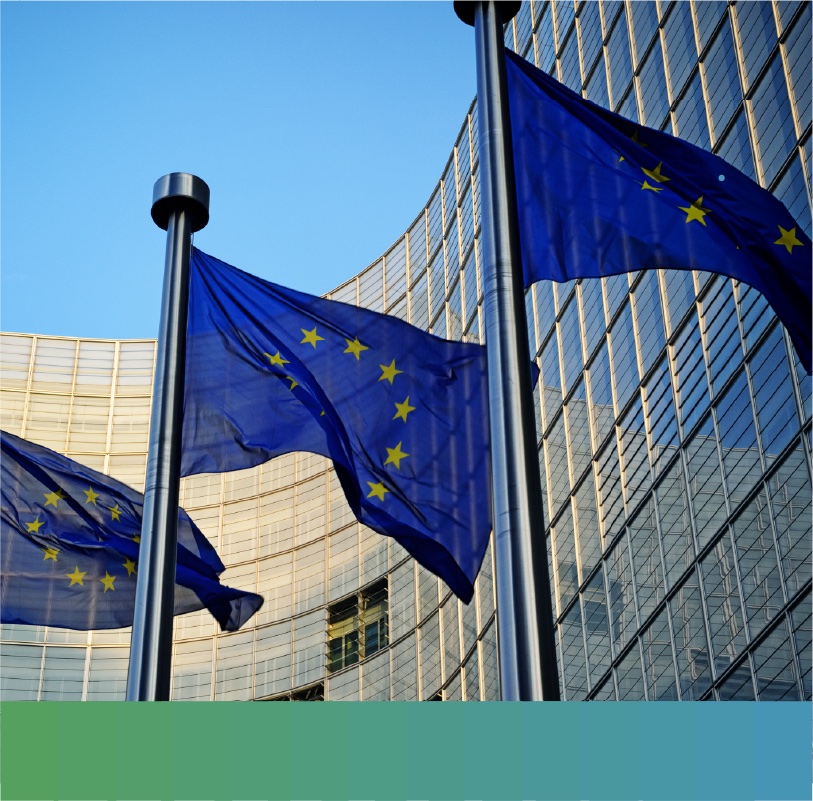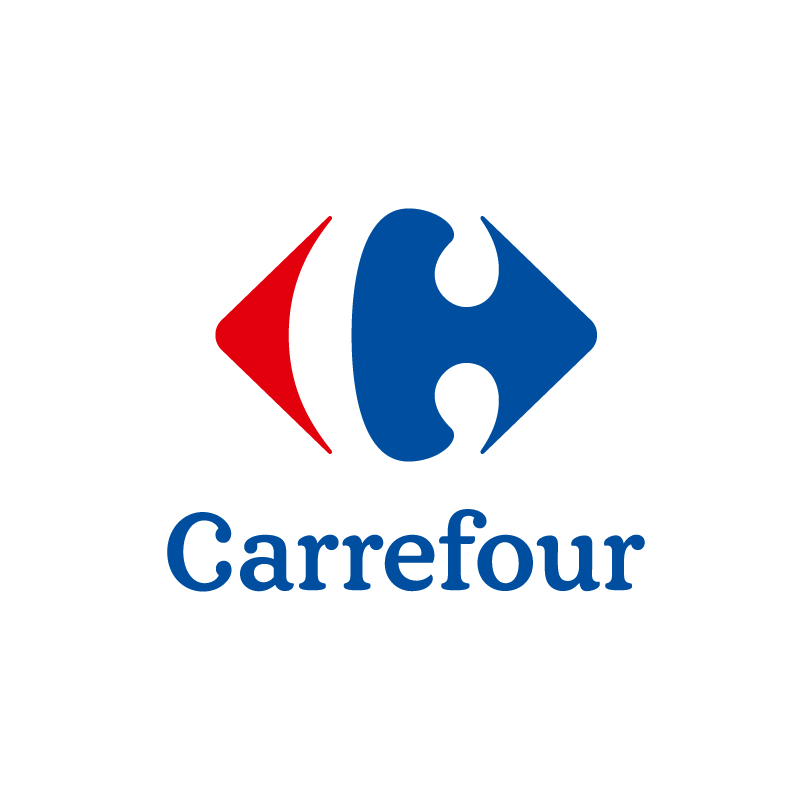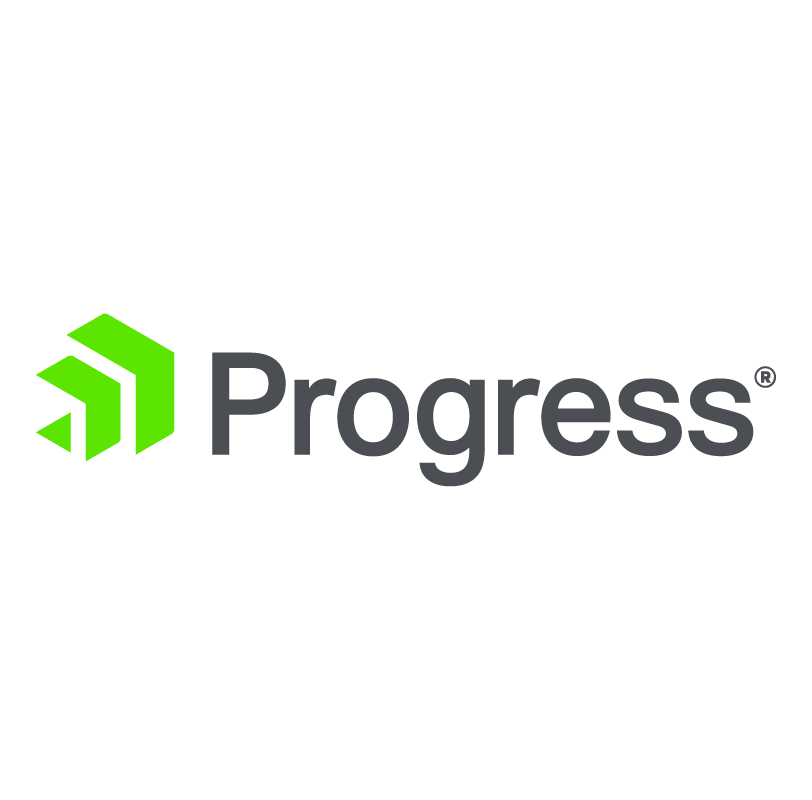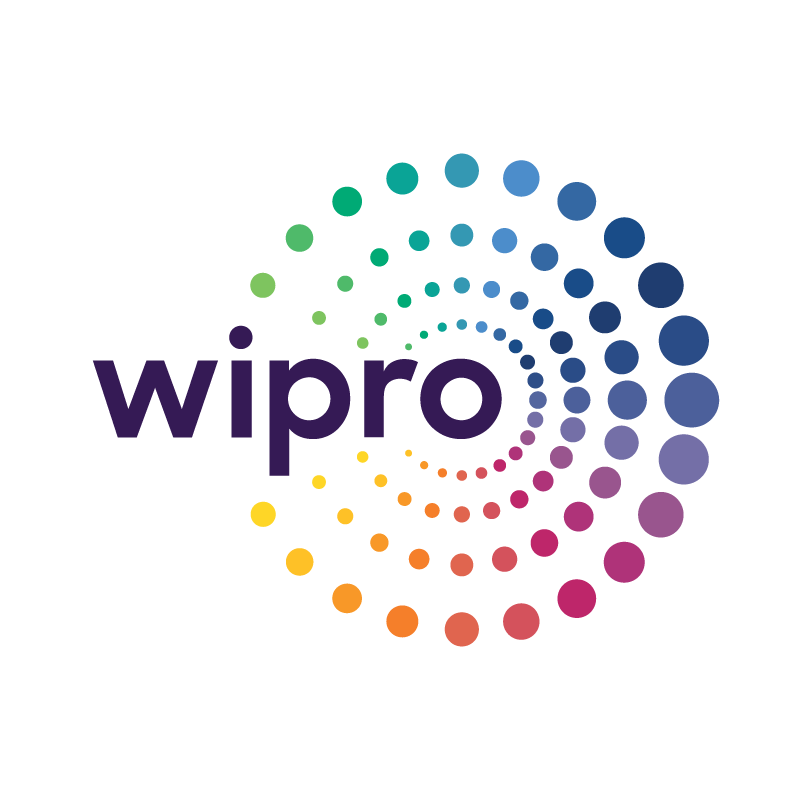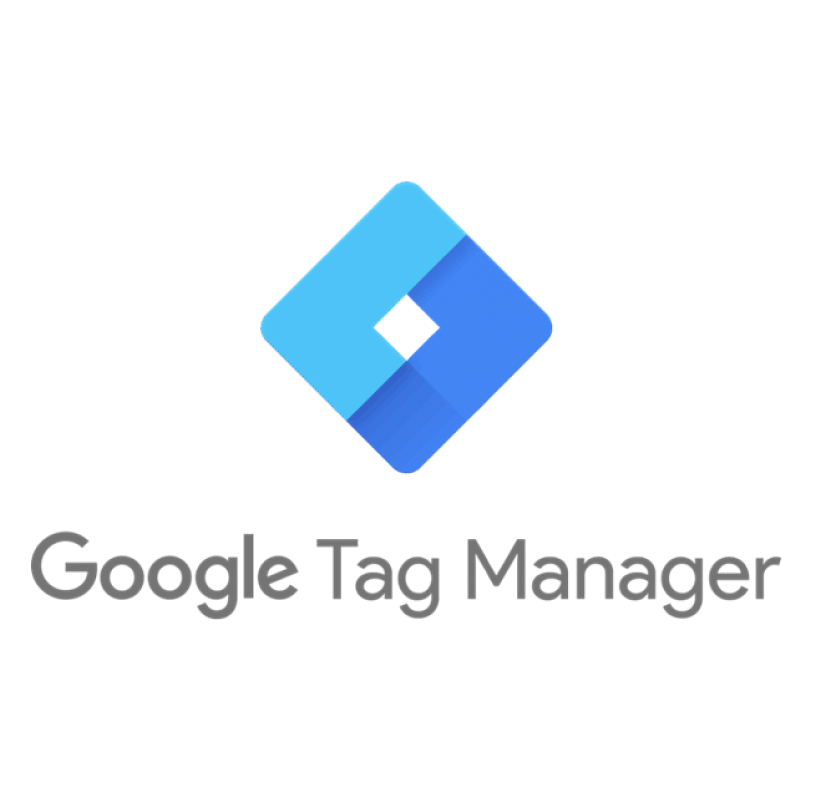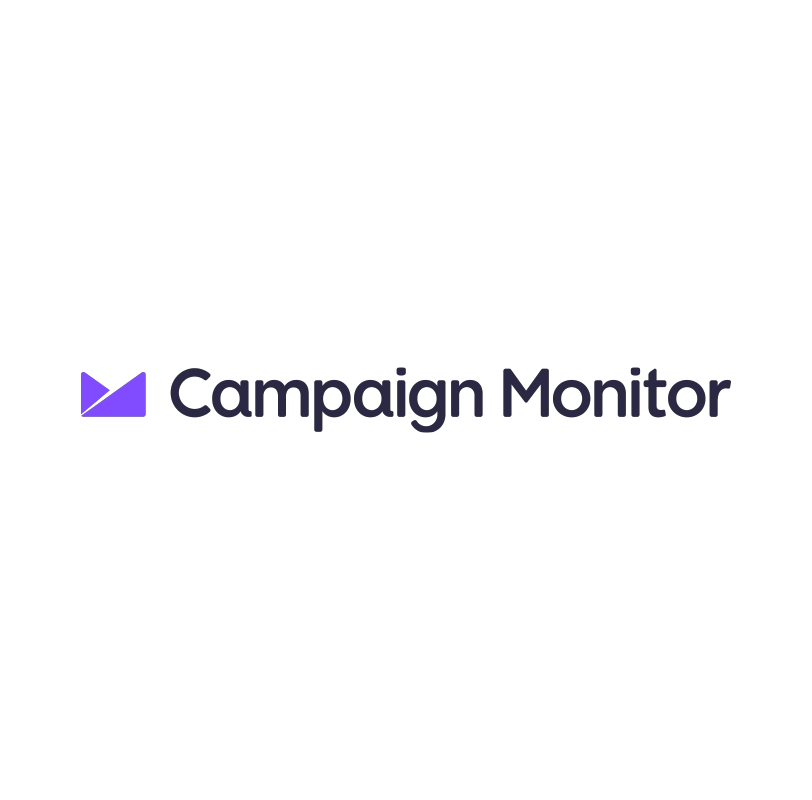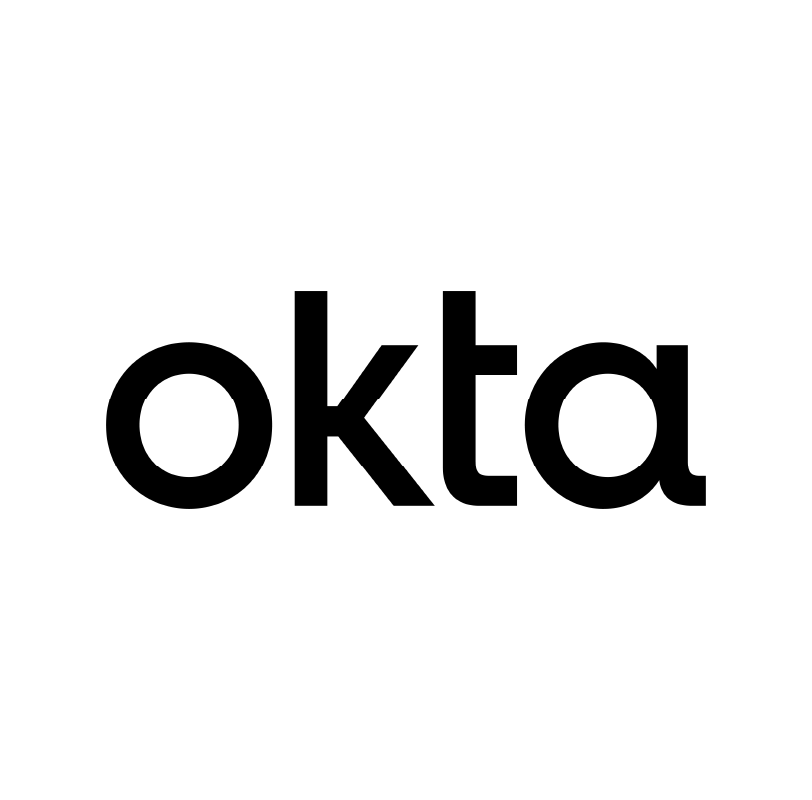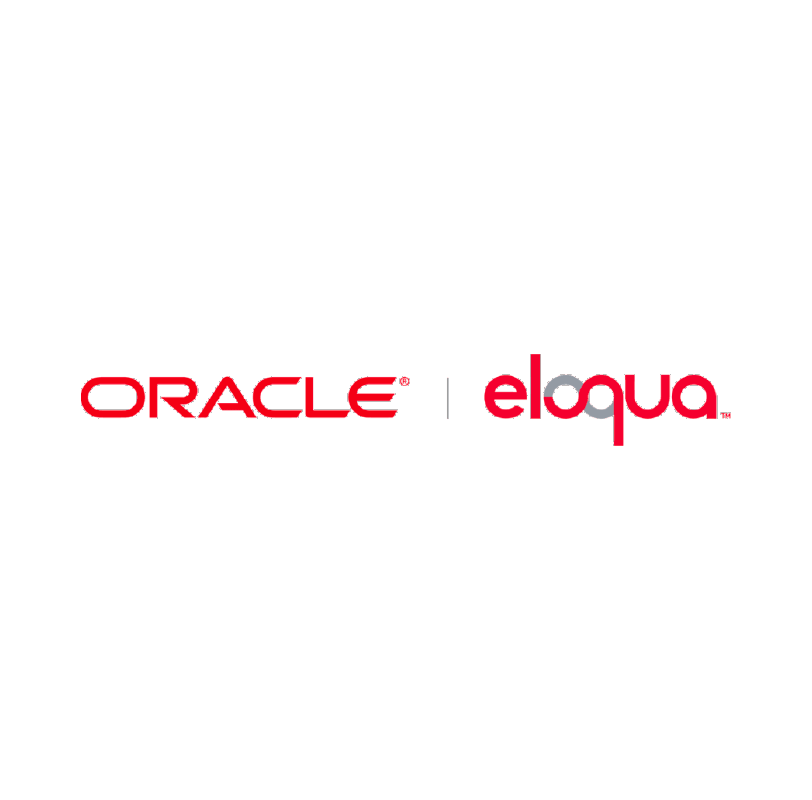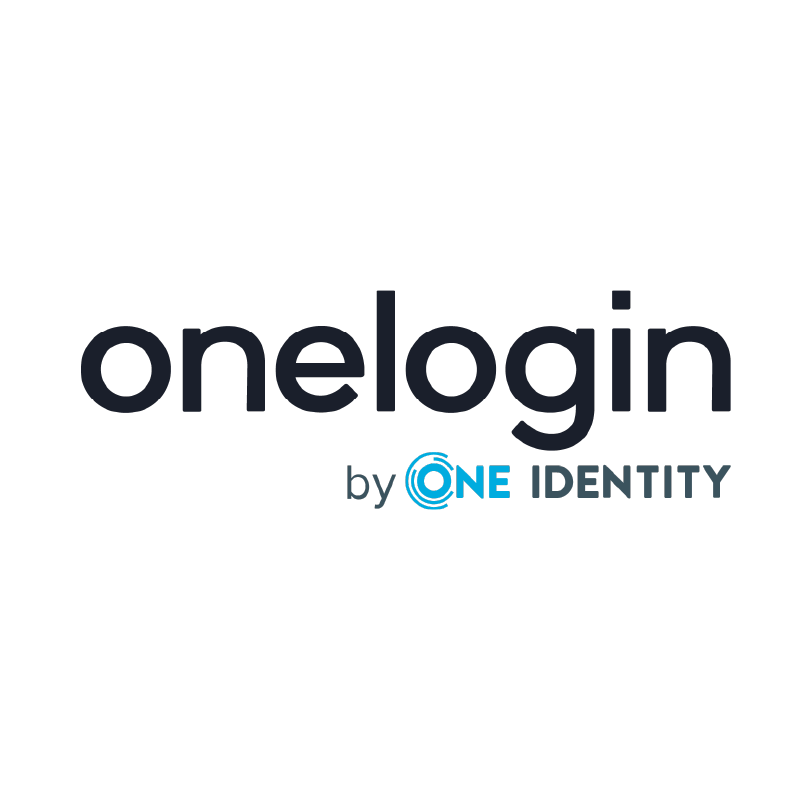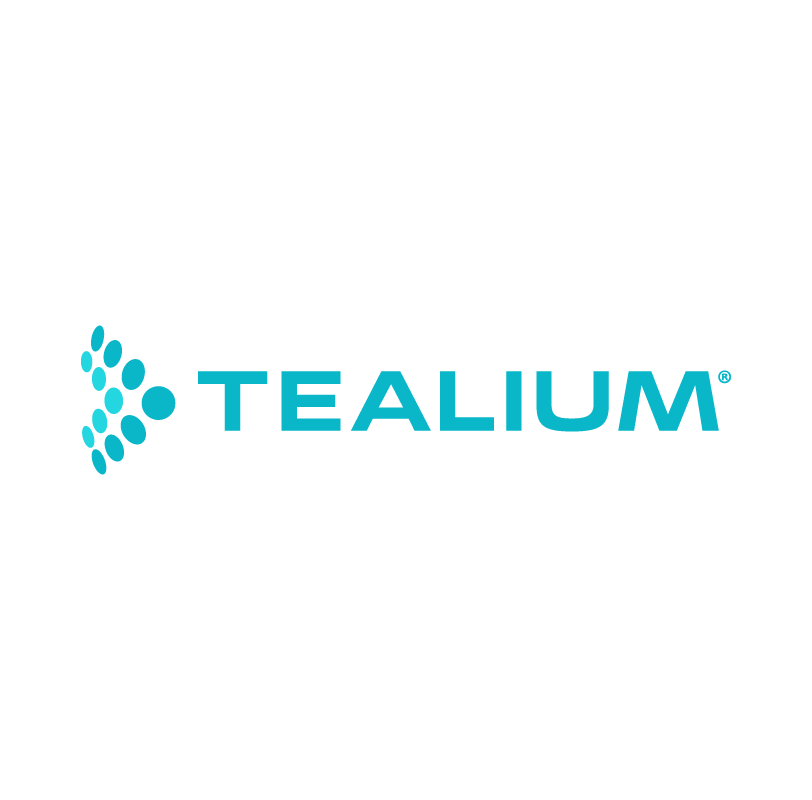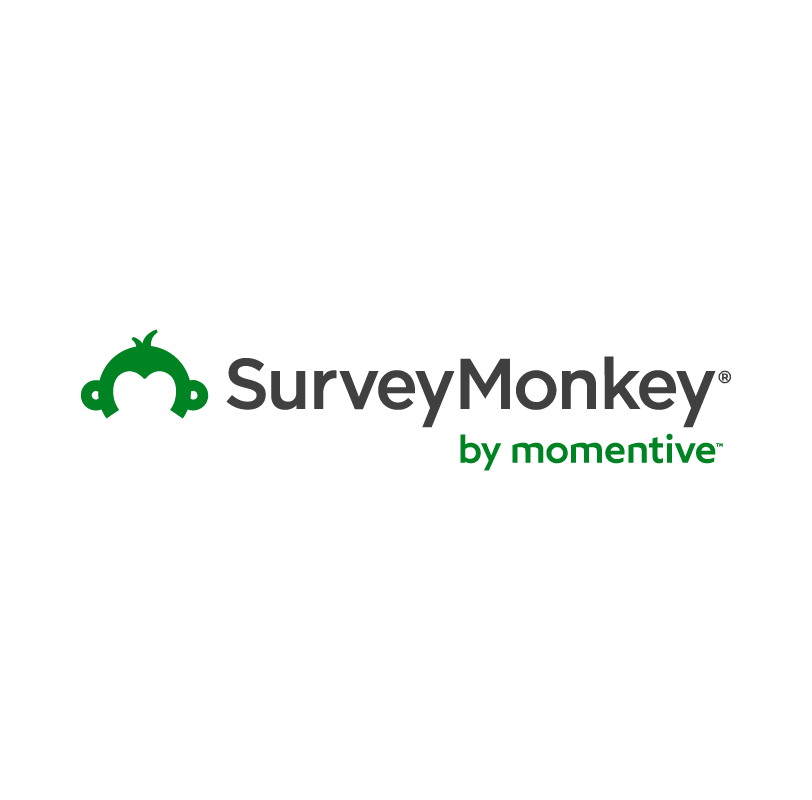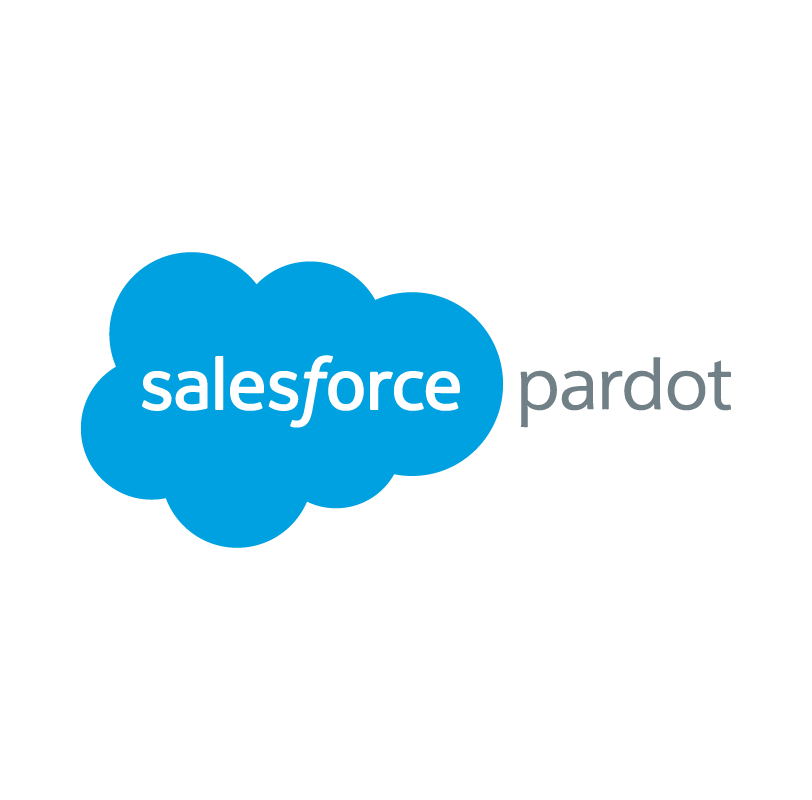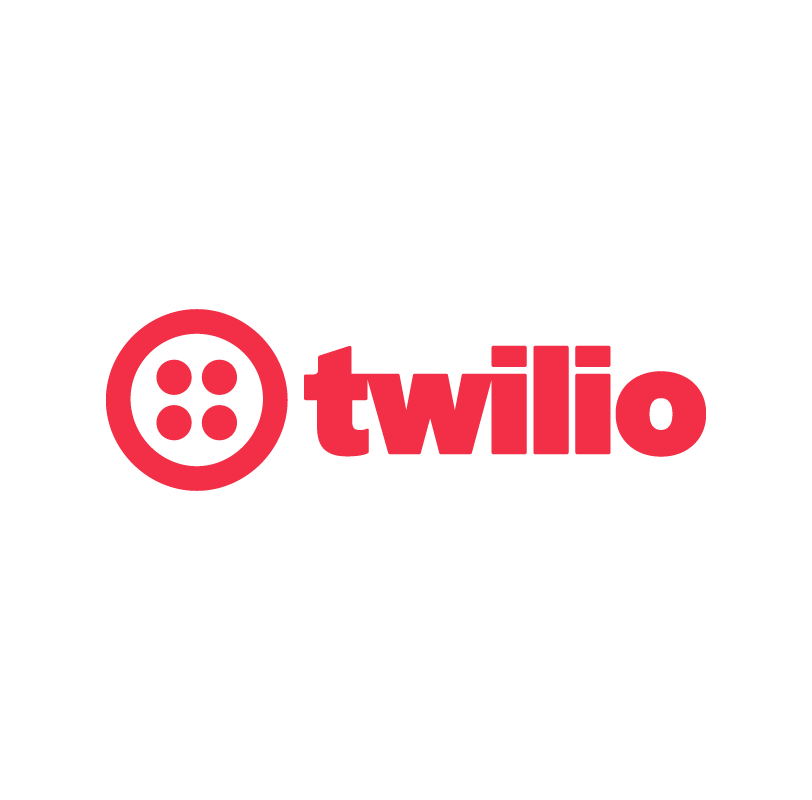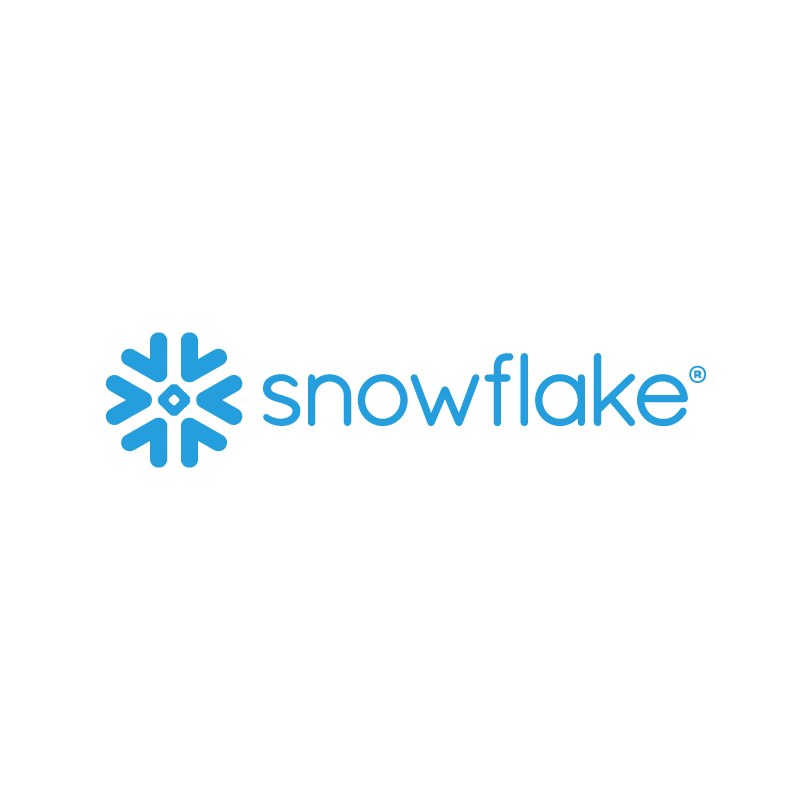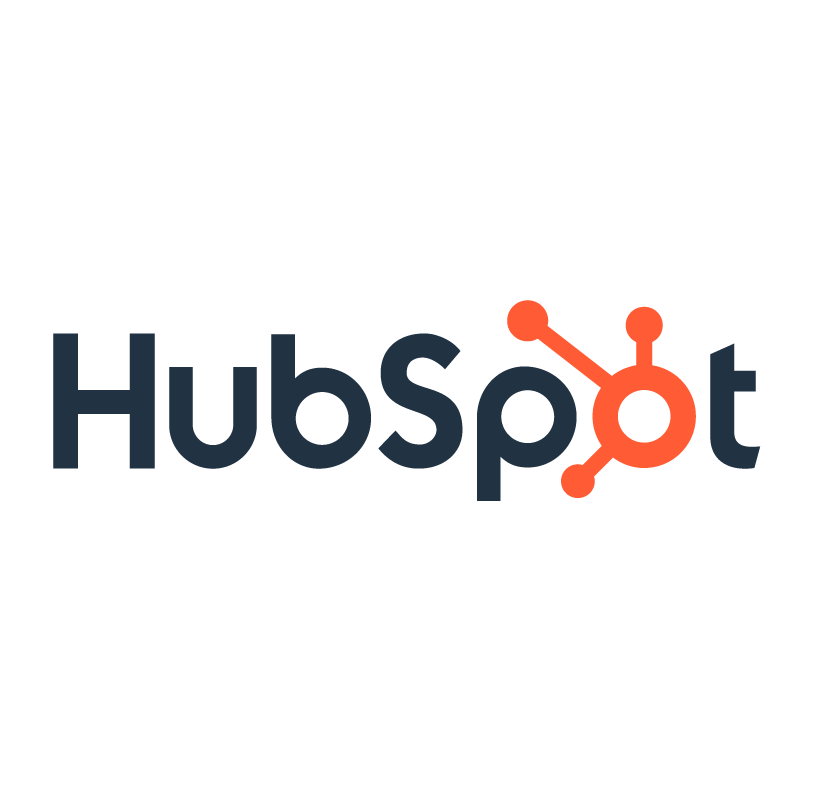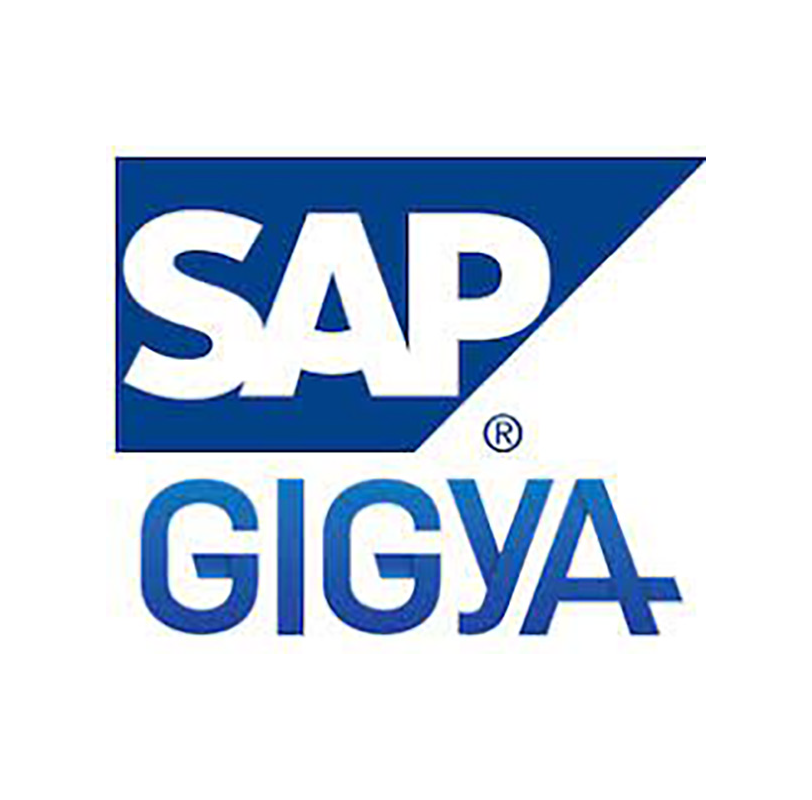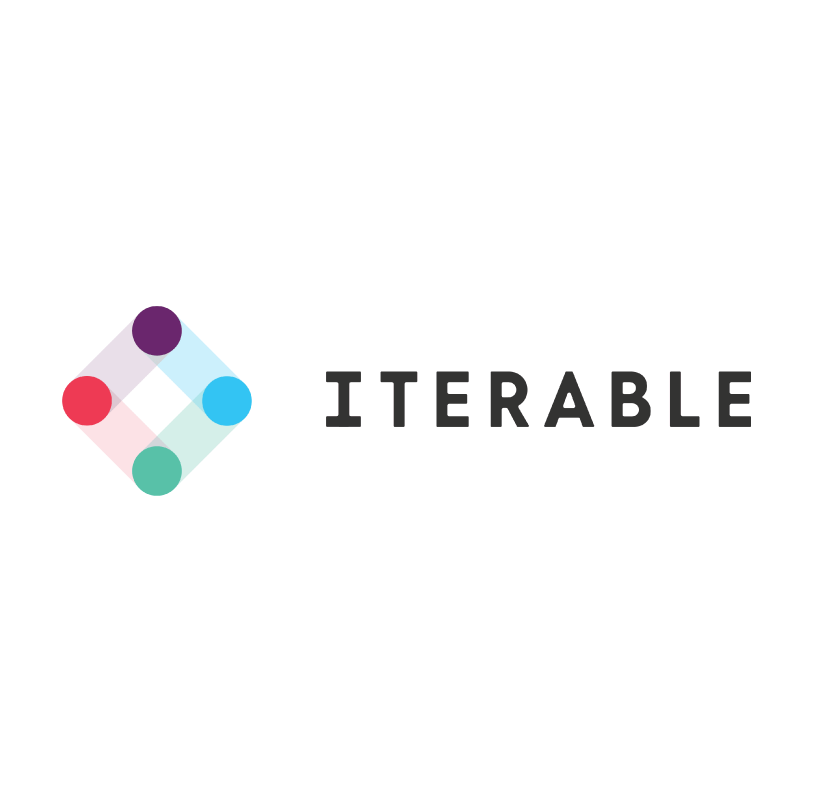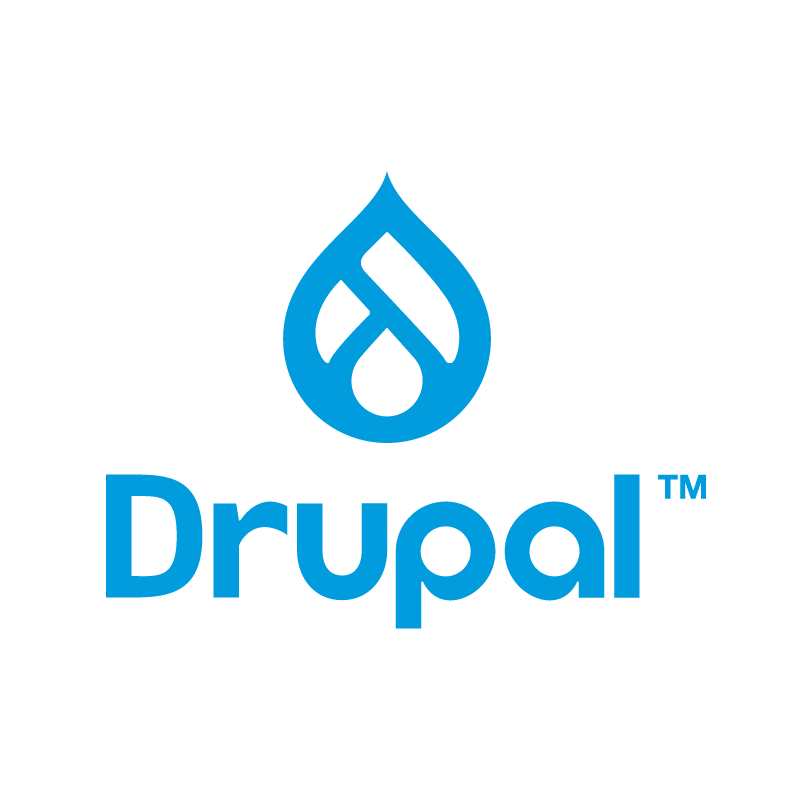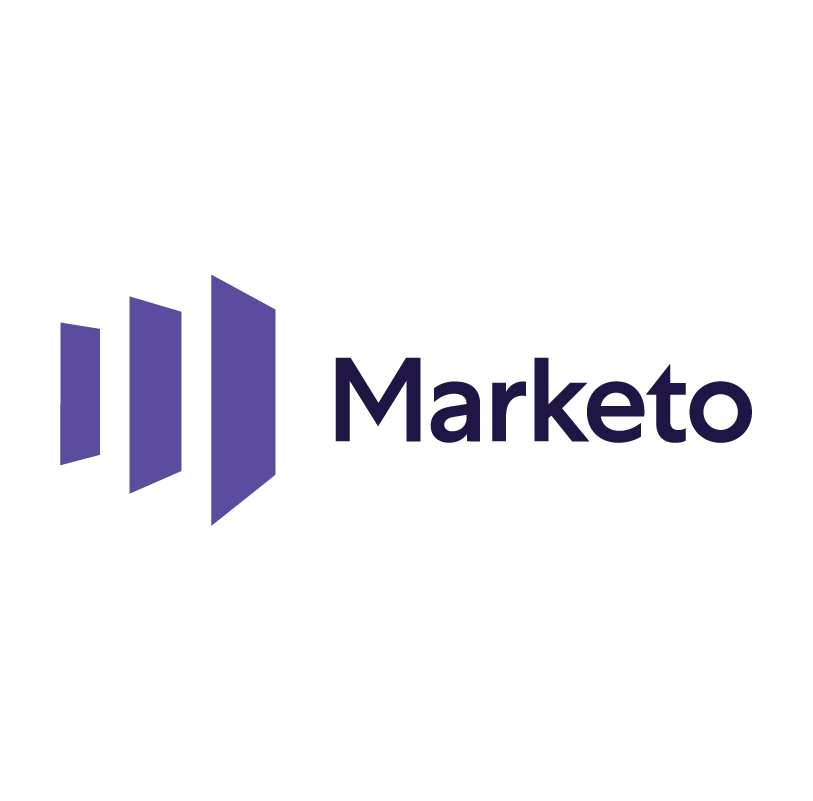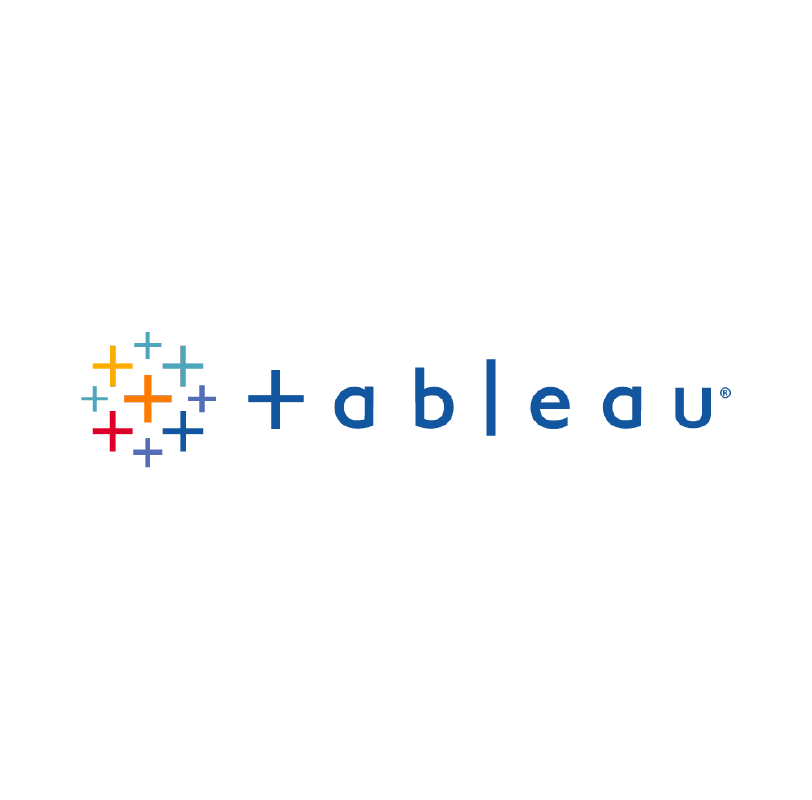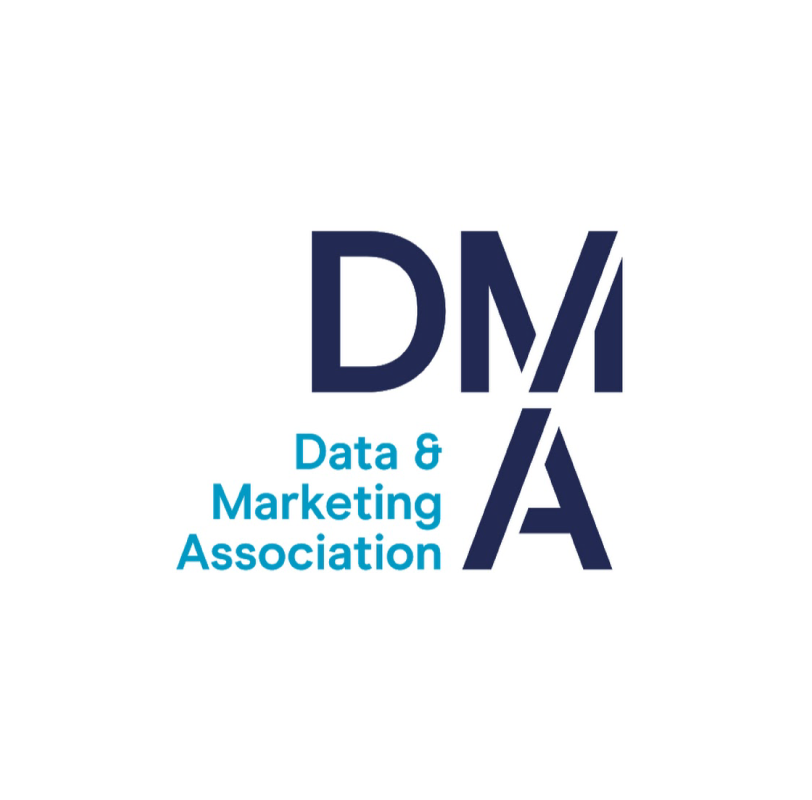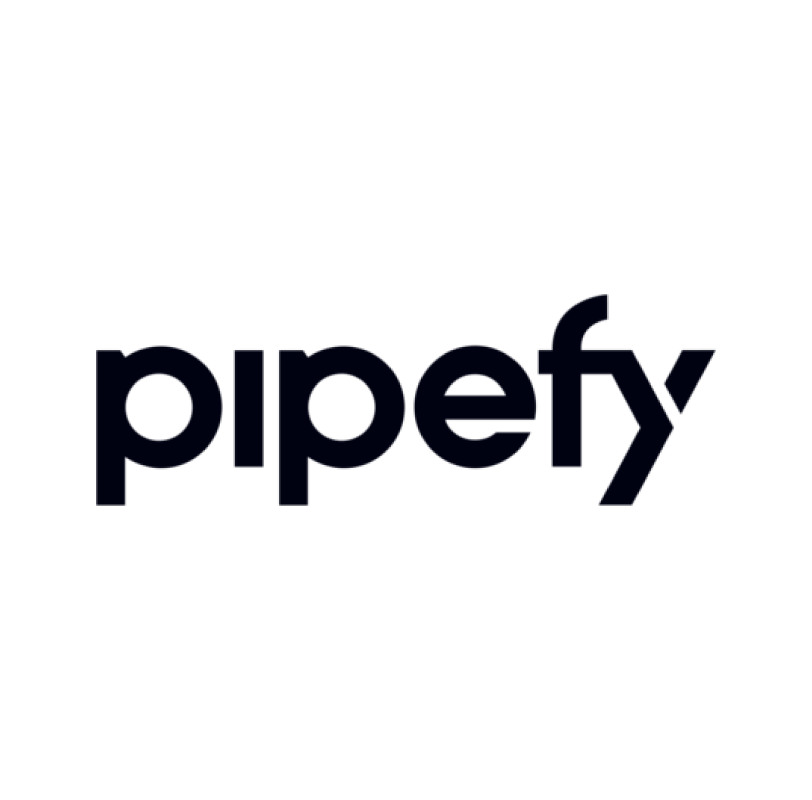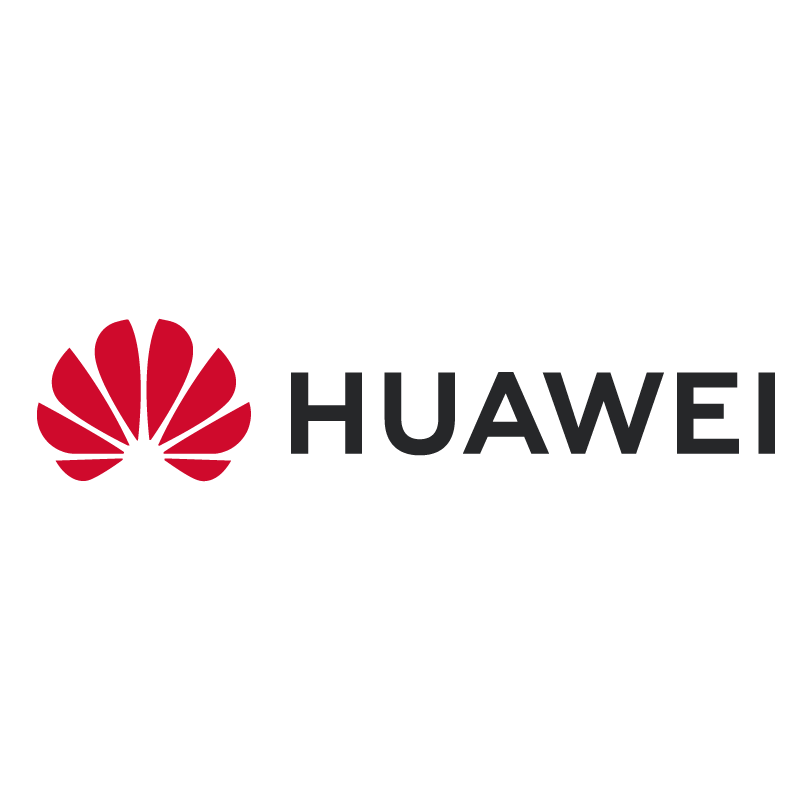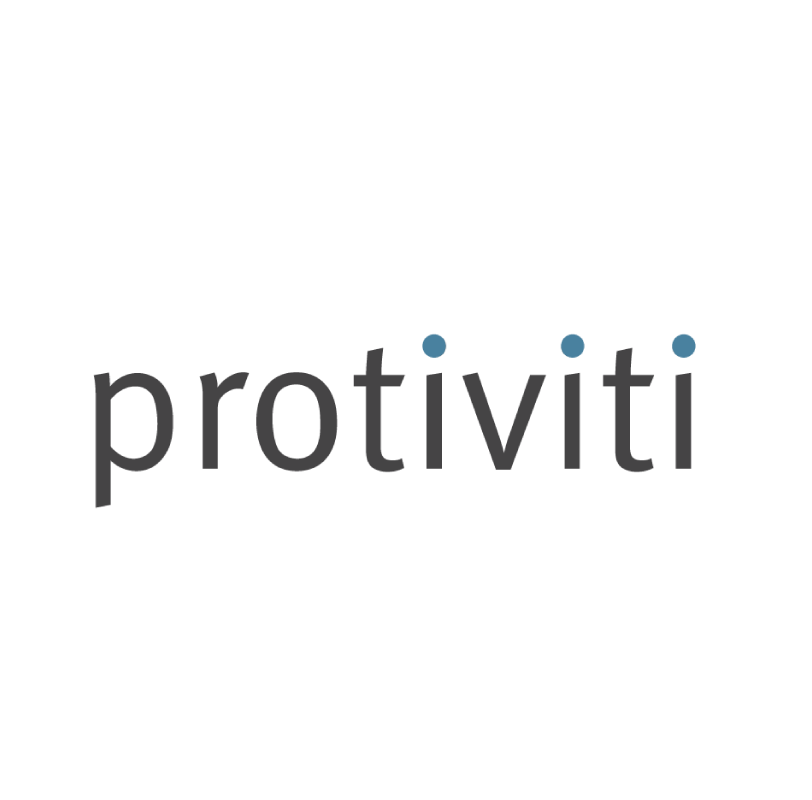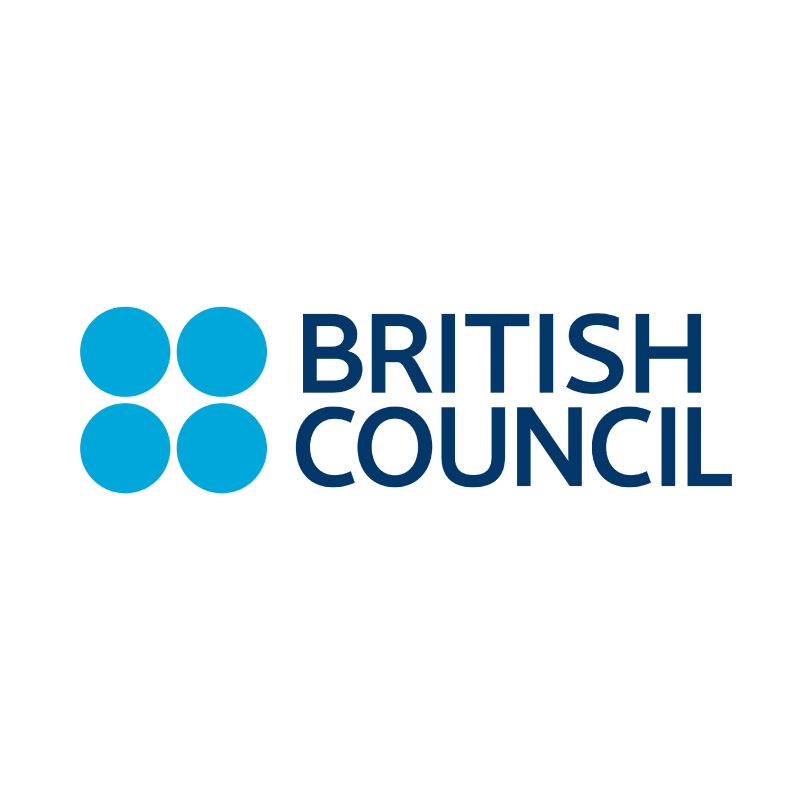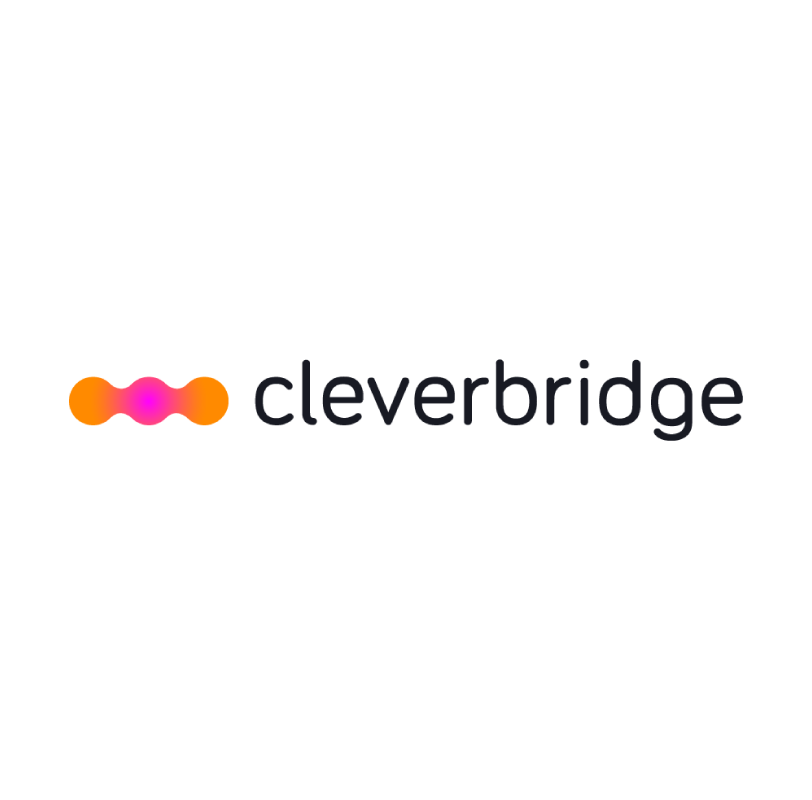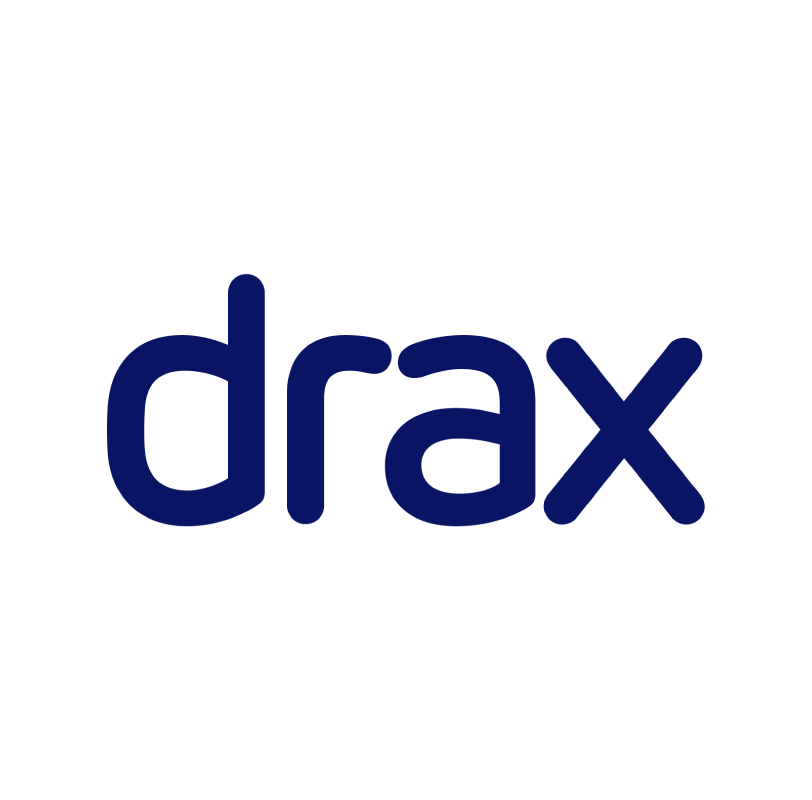Customers are becoming increasingly wary of the personal data they share with businesses. At the same time, the demand for highly personalized brand interactions has never been greater. But paradoxically, fewer and fewer customers want companies to have access to their data. Why? A lack of transparency around what’s being captured and how it’s being used has eroded trust.
Transparency is nothing new to brands and publishers. In fact, numerous global privacy regulations, including GDPR, LGPD, CPRA, and more, require customer transparency. While legal requirements have set the standard for personalization, companies are now understanding the long-term effects that data transparency has on their brand.
The stakes are high, and organizations that are upfront and transparent about what information they’re collecting (and why) have an opportunity to stand out from the rest of the pack. Transparency creates trust, and that trust leads to customer loyalty—a winning strategy for building lasting relationships with buyers.
The virtuous cycle of data and trust
As consumers are demanding transparency about how their data is being used, owning transparency is the first step in the modern-day data lifecycle. The more transparent marketers are about data collection, the more customers are willing to provide their data, if the value exchange is clear. As customers begin to trust you and get value from what you deliver using their data, the more data they will entrust you with, and the better your offerings will be.
Businesses must be able to balance the collection of customer data with the need for data privacy in order to provide the personalization consumers expect, without compromising or exploiting their information. The key is prioritizing customer transparency—this helps you deliver a superior experience, establish trust, and foster loyalty.
Critical ingredients: Trust, transparency, and personalization
Brand trust is the new brand equity, but it is something that companies all over the world are struggling with. In fact, according to a recent report by a global agency, less than half of brands, 47% to be exact, are seen as trustworthy.
Additionally, in a report by Edelman, they included a number of trust-related stats and one particular stat called out that customers are making purchase decisions based on who they trust. 40% of respondents said there are brands they love but no longer buy from because they don’t trust them. This emphasizes that trust can really be a make or breaking point for buyers.
The good news is companies can improve trust by being transparent about their data use policies. A recent Sprout Social survey showed that nearly nine in 10 people would be willing to give second chances after a poor customer experience when an organization is transparent and has a history of transparency. Additionally, the 2021 Cisco Data Privacy Benchmark Study found that companies, on average, saw nearly double the returns for every dollar spent on privacy, with wide-ranging benefits:
- 76 percent saw a significant boost in customer trust
- 73 percent said it made them more attractive
- 73 percent said it enabled innovation
Prioritizing data transparency as an integral part of your company culture pays off—both for your customers and your business. Trust and transparency lead to personalization, which is a win for all organizations. According to McKinsey’s Next in Personalization 2021 Report, over three-quarters of consumers (76 percent) said that receiving personalized communications was a key factor in prompting their consideration of a brand, and 78 percent said such content made them more likely to repurchase.
Transparency in practice
No matter what kind of data you are collecting, it’s important to improve trust along the consumer journey and deliver a personalized experience starting from the first touch point and beyond so whether a consumer in interacting with your brand on your website or mobile app, it’s important to collect consent, preferences, or first-party data in a transparent way to improve overall trust.
Marketers can easily nurture transparency through consent management platforms (CMPs) and preference centers. Today, over 750,000 websites and applications leverage OneTrust’s consent and preference management platform allowing customers to capture and store consent, preferences and first-party data, and activate data by integrating with platforms, such as Oracle Unity CDP. Leveraging OneTrust and Oracle Unity CDP, brands and publishers deliver privacy-centric experiences by managing and orchestrating consent and preferences across the customer journey. By equipping audiences with choices for data and communications, your organization can be seen as more trustworthy and valuable.








































